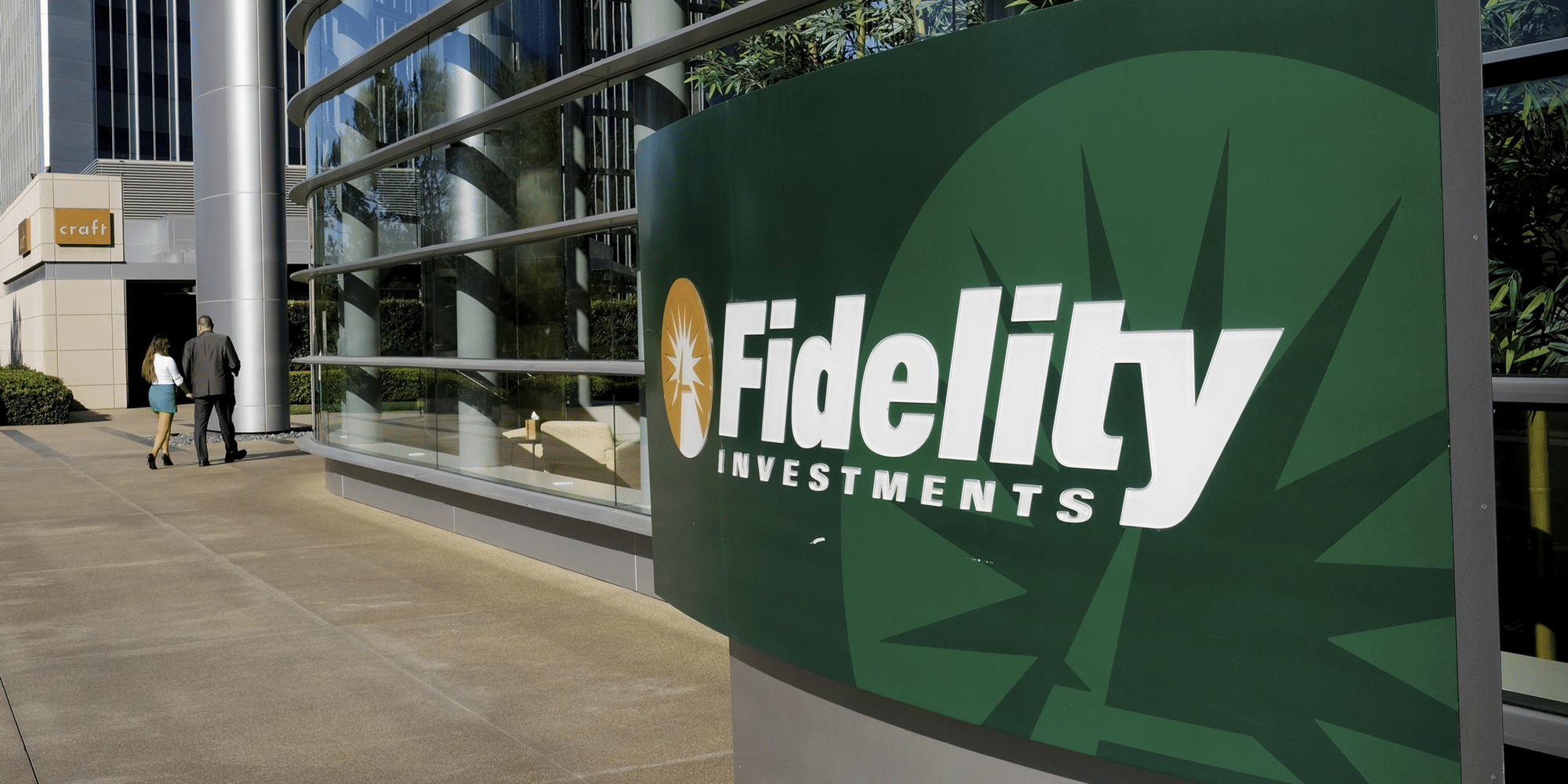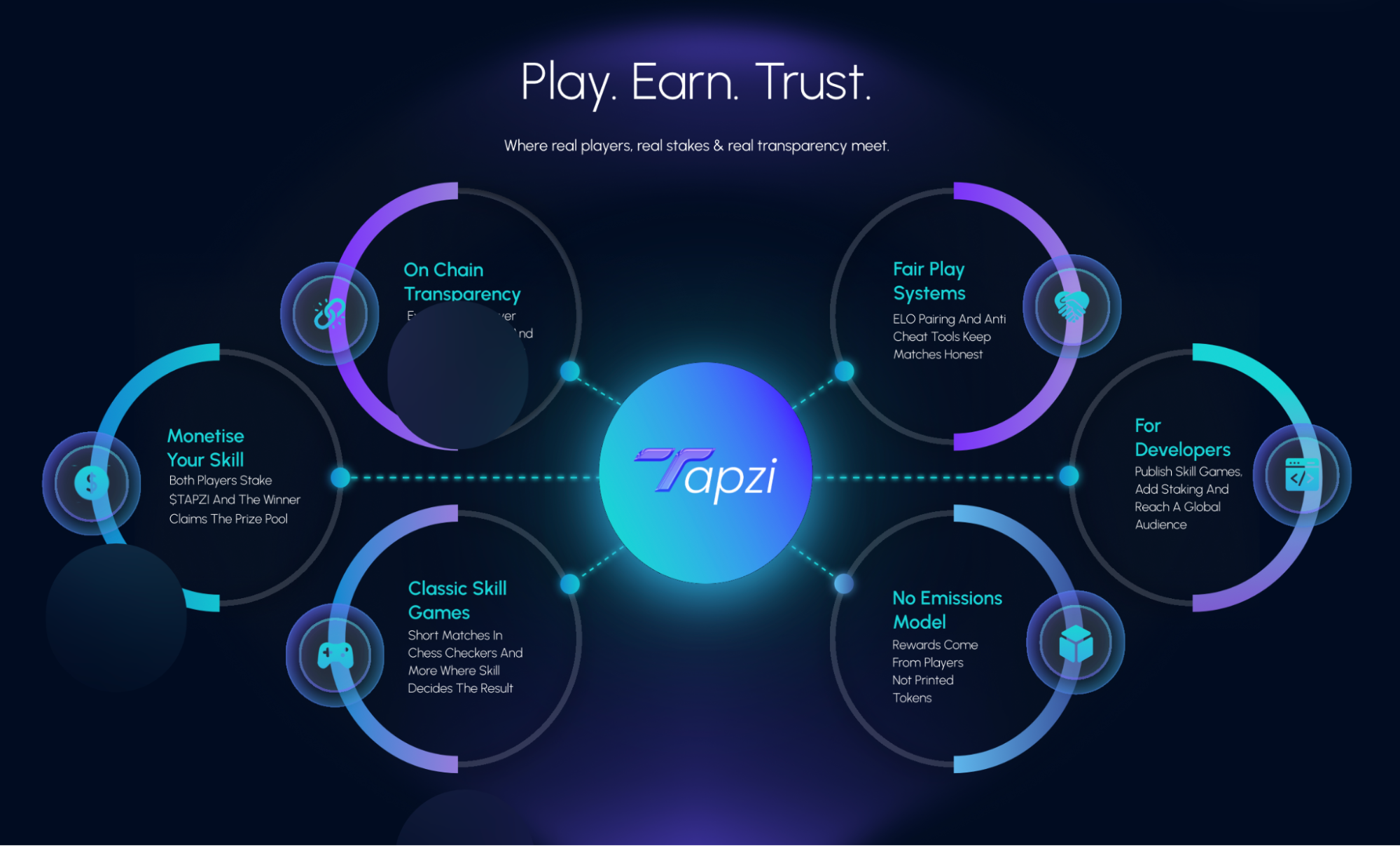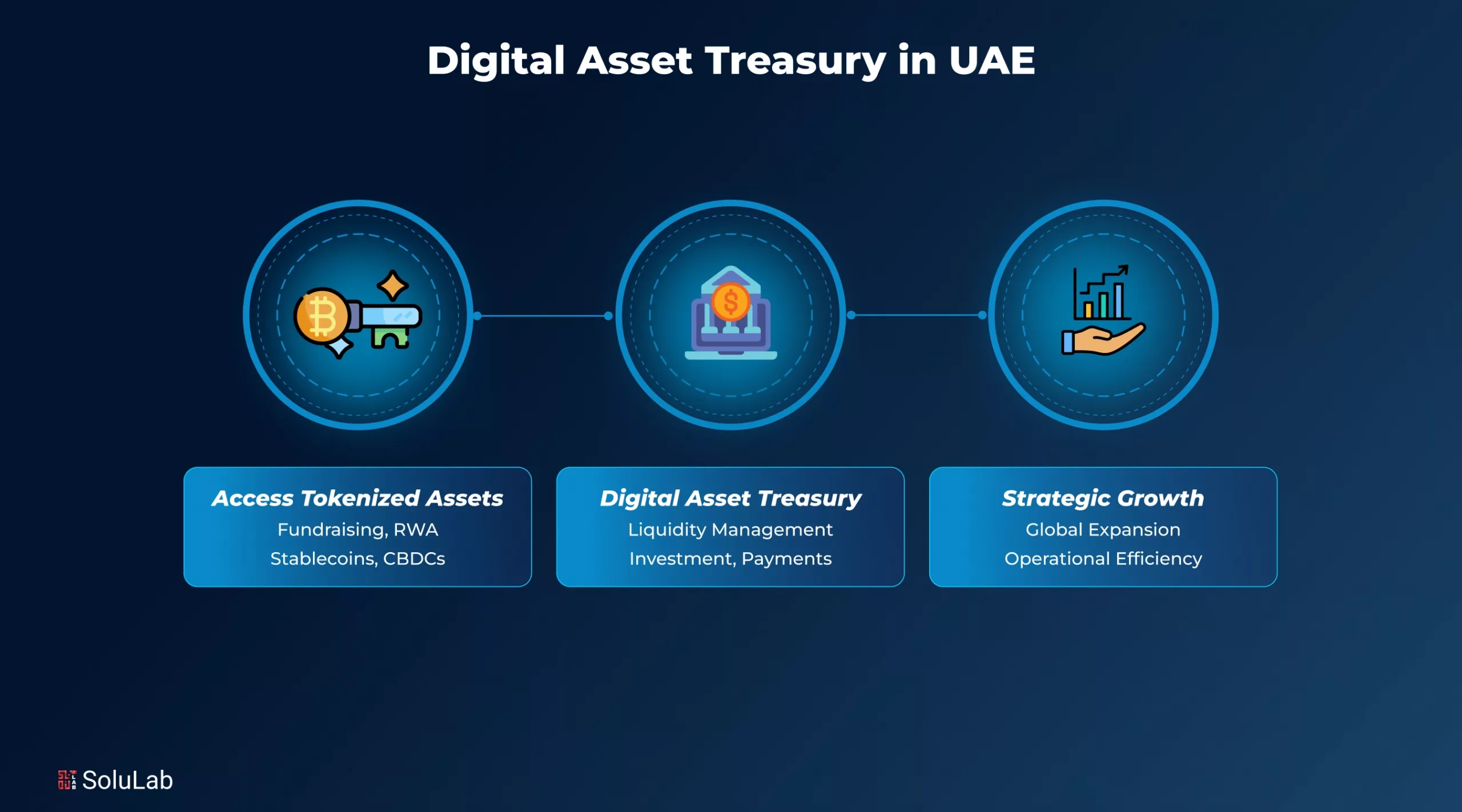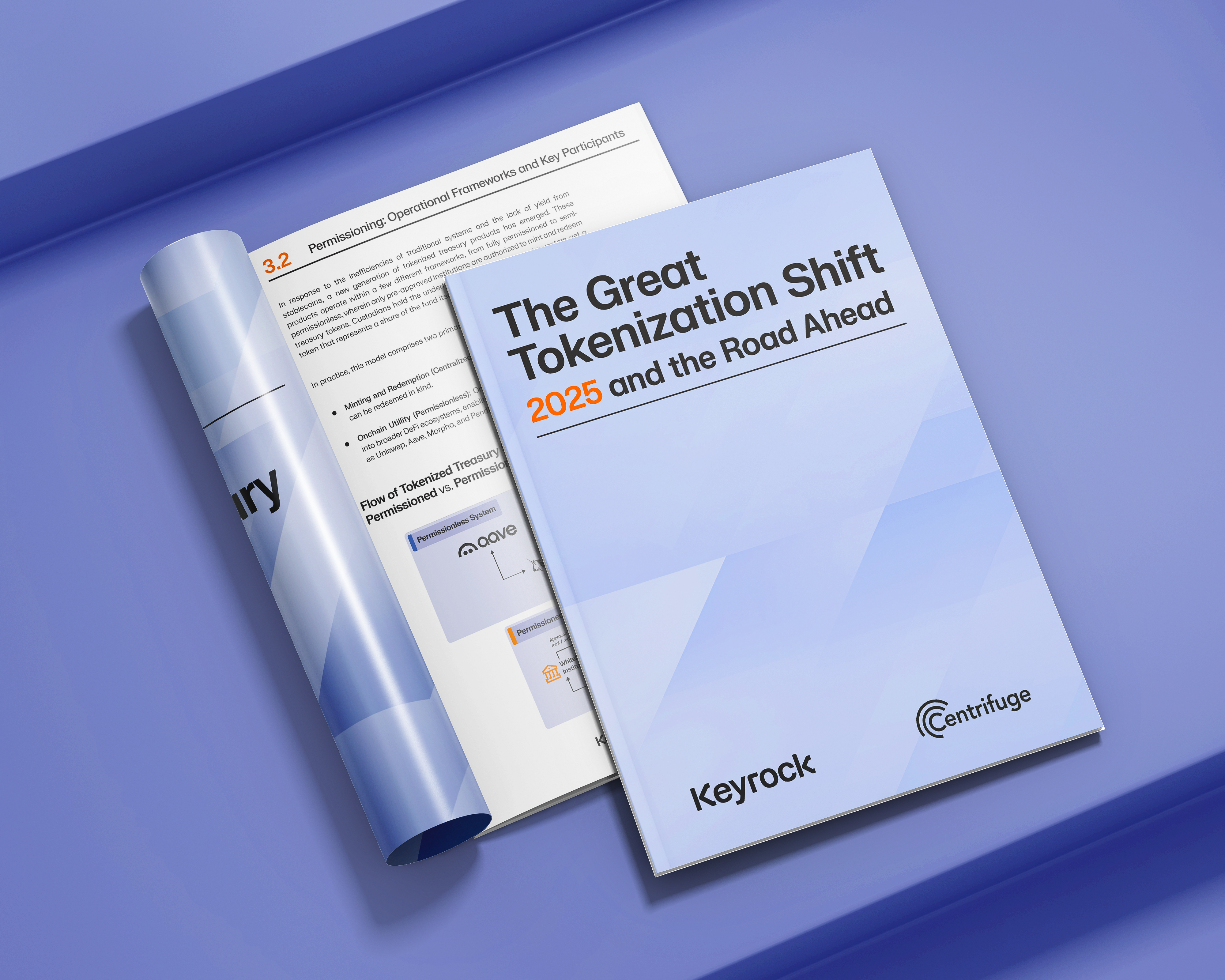How Fidelity’s Tokenized U.S. Treasuries Fund on Ethereum Signals the Next Phase of On-Chain Fixed Income

Fidelity’s quiet but substantial entry into tokenized U. S. Treasuries has electrified the on-chain fixed income sector, marking a pivotal moment in the convergence of traditional finance and blockchain. The Fidelity Digital Interest Token (FDIT) – a tokenized share class of its Treasury fund (FYOXX) – now holds approximately $203.7 million in assets on Ethereum as of September 2025. This move not only signals growing institutional conviction in blockchain-based securities but also underscores Ethereum’s dominance in the real-world asset (RWA) tokenization race, now hosting about 70% of all tokenized Treasuries globally.
Fidelity’s FDIT: A New Benchmark for Institutional On-Chain Fixed Income
Fidelity’s FDIT is not simply another experiment in digital assets. It is a direct response to the demand from institutional allocators and sophisticated investors for faster settlement, broader access, and operational transparency in fixed income. Each FDIT token represents a share in the underlying Fidelity Treasury Digital Fund, which is managed with the same rigor as its traditional counterpart and custodied by Bank of New York Mellon. The fund invests primarily in U. S. Treasury securities and cash, with a competitive 0.20% annual management fee.
Crucially, the FDIT’s on-chain format allows investors to interact with U. S. Treasuries using blockchain rails, bringing near-instant settlement, programmable compliance, and transparent ownership records. For institutions, this means streamlined operations and new liquidity models. For crypto-native investors, it provides a regulated, dollar-denominated yield instrument that sits natively on Ethereum.
“Fidelity’s tokenized MMF is a watershed moment for institutional DeFi. It bridges the gap between regulated yield and on-chain composability, unlocking new use cases for both TradFi and crypto. “
Ethereum’s Growing Dominance in Tokenized Treasuries
Ethereum’s status as the preferred platform for tokenized bonds and treasuries is now cemented by Fidelity’s move. As of September 2025, Ethereum hosts $5.3 billion of the global $7.46 billion tokenized Treasury market. This is not just a function of network effects; it reflects Ethereum’s robust security, developer ecosystem, and compatibility with institutional-grade custody and compliance solutions.
Other major players – including BlackRock’s BUIDL and JPMorgan’s JPMD – have also launched tokenized Treasury products, but Fidelity’s FDIT stands out for its scale and integration with the world’s largest asset manager. Ondo’s OUSG fund, which allocates over a quarter of its assets into FDIT, further demonstrates how tokenized treasuries are being woven into the fabric of institutional portfolios.
Ethereum (ETH) Price Prediction 2026-2031
Forecast based on current 2025 market context, Fidelity’s tokenized Treasury fund, and on-chain fixed income adoption
| Year | Minimum Price | Average Price | Maximum Price | % Change (Avg YoY) | Scenario Insights |
|---|---|---|---|---|---|
| 2026 | $3,200 | $4,450 | $6,250 | +15% | Base: Continued RWA/tokenized asset growth; ETH strengthens as DeFi backbone |
| 2027 | $3,600 | $5,180 | $7,800 | +16% | Bull: Regulatory clarity, institutional inflows; Bear: US Treasury yields compete with DeFi returns |
| 2028 | $4,000 | $6,120 | $9,500 | +18% | Base: Ethereum upgrades (e.g., Danksharding) boost scalability, attracting more RWAs |
| 2029 | $4,800 | $7,340 | $12,200 | +20% | Bull: Global tokenized asset boom; Bear: Major competitor (e.g., Solana, L2s) gains share |
| 2030 | $5,700 | $8,870 | $15,000 | +21% | Base: Ethereum cements status as primary institutional RWA chain |
| 2031 | $6,300 | $10,100 | $17,500 | +14% | Bull: Tokenized treasuries >$50B, ETH adoption surges; Bear: Macro tightening, regulation headwinds |
Price Prediction Summary
Ethereum is poised for significant growth through 2031, driven by its dominance in tokenized real-world assets (RWAs), especially U.S. Treasuries. The Fidelity Digital Interest Token (FDIT) launch and growing institutional adoption suggest ETH will benefit from increased transaction volume and network value. Average price projections indicate a steady rise, with potential for outsized gains in bullish scenarios if regulatory clarity and technology upgrades continue apace. However, competition and macroeconomic factors could cap upside in some years.
Key Factors Affecting Ethereum Price
- Institutional adoption of tokenized Treasuries and other RWAs on Ethereum
- Fidelity, BlackRock, and JPMorgan’s participation boosting credibility and liquidity
- Ethereum technology upgrades (scalability, security, interoperability)
- Regulatory developments in US and EU for on-chain securities
- Potential competition from alternative blockchains (Solana, Avalanche, L2s)
- Global macroeconomic conditions (interest rates, risk appetite)
- Ethereum’s ability to maintain market share against emerging RWA protocols
Disclaimer: Cryptocurrency price predictions are speculative and based on current market analysis.
Actual prices may vary significantly due to market volatility, regulatory changes, and other factors.
Always do your own research before making investment decisions.
Market Implications: From Stealth to Mainstream
The rapid accumulation of assets in FDIT – from zero to over $203.7 million in months – is a clear signal that institutional crypto investing is entering a new phase. The stealthy rollout, confirmed by on-chain records rather than splashy marketing, reflects a maturing market where credibility and operational scale matter more than hype. The fact that Fidelity chose Ethereum, with its current price at $3,871.21, further validates the network as the institutional blockchain of choice for fixed income innovation.
For a deeper dive into how Fidelity’s fund is shaping institutional on-chain fixed income, see this analysis.
Yet, the story is not just about scale or technical achievement. The FDIT launch crystallizes a new macro reality: tokenized treasuries are no longer a proof-of-concept but a core building block for both traditional and digital-native portfolios. As the $7.46 billion tokenized Treasury market expands, the lines separating legacy finance from decentralized rails are rapidly blurring. The presence of regulated, high-quality government debt on Ethereum is a direct challenge to the old barriers of settlement delays, fragmented liquidity, and regional access restrictions.

Challenges and Next Steps for Tokenized Fixed Income
Despite the momentum, critical challenges remain. Regulatory clarity is still evolving, especially as global jurisdictions grapple with the legal status of tokenized securities and the nuances of on-chain investor protections. Custody models, while improved by institutional partners like BNY Mellon, must continue to address risks around smart contract vulnerabilities and operational resilience. Interoperability between blockchains and legacy systems is another frontier, especially as demand grows for cross-chain collateral and composability.
However, the direction of travel is clear. As more asset managers follow Fidelity’s lead, we are likely to see:
Key Benefits and Risks of Tokenized Treasuries for Institutions
-

Enhanced Liquidity and 24/7 Access: Tokenized treasuries like Fidelity’s FDIT on Ethereum enable institutional investors to trade U.S. Treasury exposure around the clock, improving liquidity compared to traditional markets.
-

Operational Efficiency and Transparency: Blockchain settlement reduces manual processes and enhances transparency, with real-time tracking of FDIT token transfers and holdings on Ethereum.
-

Broader Market Access: By leveraging Ethereum, tokenized funds lower barriers for global institutions to access U.S. Treasuries, especially in markets with limited traditional infrastructure.
-

Regulatory and Custody Uncertainties: Despite being custodied by established entities like BNY Mellon, tokenized treasuries face evolving regulatory scrutiny and questions about on-chain asset ownership and investor protections.
-

Smart Contract and Blockchain Risks: Exposure to potential smart contract bugs, blockchain outages, or network congestion on Ethereum (currently priced at $3,871.21) could impact access to funds or settlement finality.
-

Counterparty and Settlement Risks: While Fidelity’s FDIT mitigates some counterparty risks, reliance on new digital infrastructure introduces settlement and operational risks distinct from traditional markets.
- Broader product innovation, including tokenized corporate bonds and multi-asset funds
- Deeper integration with DeFi protocols, enabling new forms of on-chain repo, lending, and collateralization
- Expanded investor access, potentially lowering minimums and enabling global participation in U. S. fixed income
For financial professionals, the implications are profound. Tokenized bonds on Ethereum are not just a technical upgrade; they represent a new paradigm for liquidity, transparency, and risk management in fixed income. The operational efficiencies gained from blockchain rails – instant settlement, immutable records, programmable compliance – will likely become table stakes for future capital markets infrastructure.
“Tokenized treasuries are rapidly becoming the default on-chain collateral. As institutional adoption accelerates, expect to see traditional and crypto-native investors converge around these digital primitives. “
Looking Ahead: The Path to a $10 Billion Market
With Fidelity’s FDIT and other major entrants, the base-case trajectory for tokenized U. S. treasuries points toward a $10 billion market by year-end. Ethereum’s current price of $3,871.21 underscores the network’s resilience and relevance as the backbone of institutional crypto investing. The race is now on to build secondary liquidity, regulatory frameworks, and cross-chain interoperability that can support trillions in tokenized assets over the next decade.
For those seeking to understand how these developments will reshape institutional access to fixed income, see our strategic overview.
What Comes Next for Institutional Crypto Investing?
The next phase will be defined by competition and collaboration. Asset managers, banks, and DeFi platforms are racing to deliver seamless access to tokenized government debt – not just as investment vehicles but as foundational liquidity instruments for the digital economy. The rise of products like FDIT signals that on-chain fixed income is no longer fringe; it is fast becoming a core allocation for forward-thinking institutions.
As always, disciplined investors should weigh both opportunity and risk. The winners will be those who adapt early to this hybrid era of programmable assets, regulatory clarity, and global liquidity.







